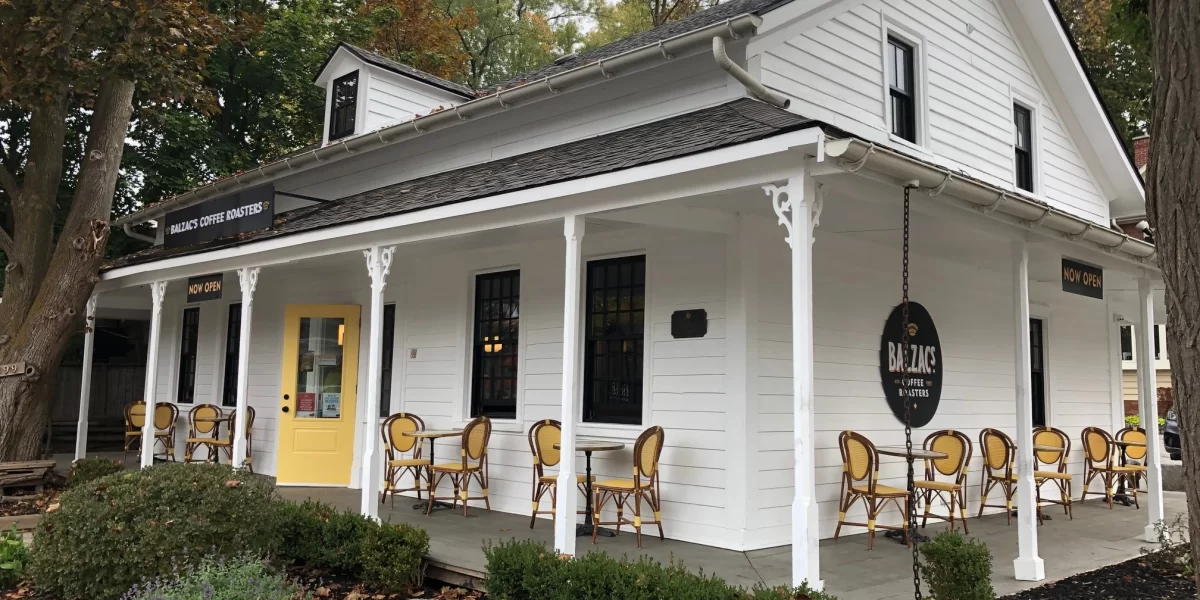- April 14, 2022
- By Mosquito Toronto
- Community
In the city of Vaughan, you will come across a serene village which is filled with different cultures, captivating history, and the love of the people who are settled there. This place, known as the village of Kleinburg, is surrounded by the beauty of nature and has a population of around 4595. In this article, you will get to know the history of the village of Kleinburg along with its art and culture.
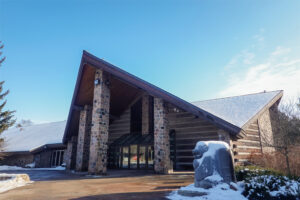
The Geographical Location of Kleinburg
The unincorporated village of Kleinburg, located in the city of Vaughan, Ontario, is devoid of any official boundaries as it has no legality. This village is present in the middle of the bifurcated branches of a river- the river of Humber. The nearby areas of this place consist of densely packed forests which provide a picturesque view whereas towards the north and west direction are the agricultural lands. It’s situated at a distance of approximately 40 km from Toronto and comes in the regional municipality of York.
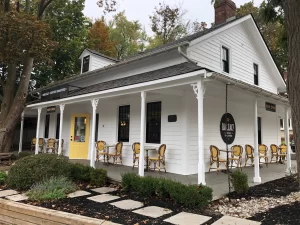
The History of Kleinburg
No one is sure where the name Kleinburg came from, but it’s said that this village was named after its founder, John Nicolas Kline. Another hypothesis behind the name of this village is that in German, it translates into “small castle” or “small mountain,” which refers to the topography and terrain of Kleinburg.
Just like the other earlier communities that settled in Ontario, Kleinburg, owing to the riverside position, was developed with mills and industries around. The story of Kleinburg began when its founder, John Nicolas Kline, who was a German-Canadian settler, bought off around eighty-three acres of land in Concession 8, which is west of Islington Avenue, in 1848. Once he got the ownership, he constructed two different types of mills on the location; a sawmill and a gristmill. The core of the village came into being when the land was divided into further small one-acre lots. The planning strategy and the mills contributed to the village of Kleinburg being one of the earliest commercial areas.
John N. Kline, along with the help of his son, John Kline Jr., ran the businesses operating there successfully. In the 1840s, John N. Kline became a member of the Home District council as well, where he took part in petitioning for the construction of the first school in the village. The Kline family plays a huge part in the growth and development of this now posh village of Kleinburg. They remained in the area till the end of 1851 and then
decided to sell off the land and all the properties including the mills to a person named James Mitchell. James didn’t keep the land to himself for long and ended up selling it to a new family; the Howland Brothers.
How the Howland Family Helped in the Development of Kleinburg
In 1852 the control of the village was in the hands of the Howland brothers, which included Fred Howland, William Pearce Howland, and Stark Howland. They weren’t just any ordinary people; these brothers came from one of the influential families of that time and had already owned numerous private and public businesses plus were involved in politics. William Howland was a known person who was once a minister in the Dominion cabinet of Canada. Apart from that, from 1868 till 1873, he was also the Lieutenant governor of Ontario and Postmaster General of Canada. William’s sons, just like him, also, later on, held the position of mayor in Toronto.
Just like his brother, Henry Stark was also pretty successful in having the role of the first postmaster of Kleinburg. He also had high positions in other multiple areas, such as the warden of York county, Vice-president of the Canadian Bank of Commerce in 1875, reeve of Vaughan (1859-1860), and in 1975, he was also the first president of the Imperial Bank of Canada. The Howland family already had ownership of successful mills located in Waterdown, St. Catherines, and Lambton, which also contributed to the growth of the village. The mills left behind by John Kline were considered one of the biggest, and by the time Howlands were in power, another mil, the Sawmill, was built by George Stegman. This second mill was developed across the Kline mills, on the east side of the Humber River.
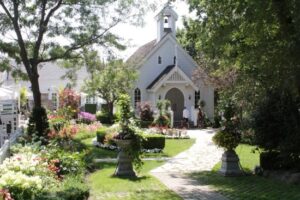
The Growth of Kleinburg
The village of Kleinburg by 1860 had flourished a lot and become the center of industries. This quiet village, now apart from mills, has a tailor, a tanner, doctors, hotels, a school, and a church. And by 1870, there was further addition of an insurance agent, chemist, butcher, etc. All of this contributed towards the local business growth of the community.
These businesses that were present at that time can still be found in recent times in the historic building in the streets of Kleinburg. Now there are new modern buildings, shopping centers and chains present as well. One of the oldest buildings that still stands strong is The Doctors house which belonged to the doctors of Kleinberg, Dr. Thomas being the last who practiced.
There is a Binder Twin Festival that occurs annually to celebrate the history behind agriculture and the farmers of Kleinburg. This small but charming village, due to its growth, now has multiple recreational activities present along with the main street filled with historical buildings, shops, and restaurants. One of the most famous places in Kleinburg is the McMichael Canadian Art Collection, a fabulous art gallery having the finest collections made by the “Group of Seven” Canadian artists.
In regards to education, there are around five schools, private and public, present in Kleinberg. The Hill Academy is one of the private secondary schools made especially for student-athletes. There are also catholic elementary and secondary schools available.
Even though Kleinburg is a village, it has a lot to offer to people settled there and tourists as well. It consists of all the amenities along with places that’ll give you the feel of a city life. In Kleinburg, you’ll have the best package of the perfect view along with its glamorous social and cultural life

